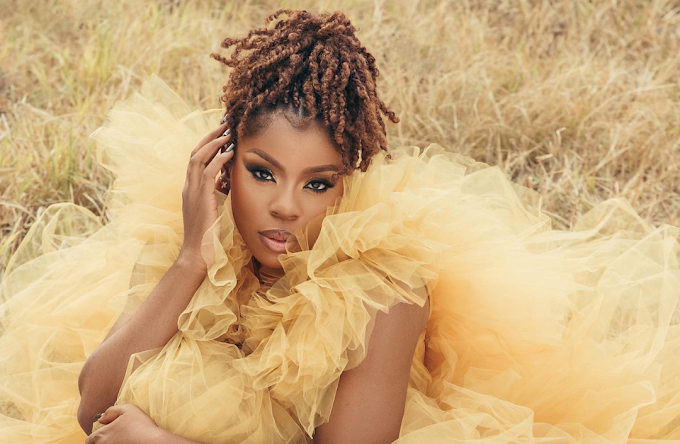
Whose work has influence on you the most?
My work has been influenced by a lot of artists, but at the top of my list, I’ll have to say Michael Woloszynowicz, Julia Kuzmenko, Lindsay Adler, Emmauel Oyeleke and Kelechi Amadiobi. I always thought the work they put out is fire. I always try to measure my work to the standard they put out. Everyday I look forward to the content they put out, what they are doing new and see how I can improve my own work.

Was photography your first choice of career, is it something you’ve always wanted to do?
No, photography wasn’t my first choice of career. I’ve always wanted to play football since I was a little kid, but that didn’t really turnout as I planned or as I dreamt. I had to go to school, get a degree, but photography came into the picture when I was in my final year in University. I started by playing with Photoshop. My sister then had Photoshop tutorials on her laptop that I use to play with. I got them from her. I practiced a lot and from there started doing some graphic designing and photo manipulation, but I got tired of that. Instead of making people’s images look good, I wanted to make my own images and make them look good. That’s how photography really started for me. From then on, I went from making other people’s images good, to making my own.
At this point in my career, I don’t have a particular or certain style yet. I feel like my style is evolving, but if I had to describe the work I’ve made so far, I’ll say SIMPLE, CLEAN and REALISTIC.

What challenges have you encountered?
The problems I’ve encountered so far in my career are not different from what any other artist will encounter when they’re starting out. You know, the usual; gear, pricing, posing, all those challenges, but I feel the biggest challenge is getting out of my own way and just going to shoot, because practice makes perfect. You just have to go out and shoot. Learn as you go. You can’t wait until you have all the gear. You can’t wait until you know how to price or till you learn how to relate. You learn as you go every day. I feel like the greatest challenge that I face or need to overcome as an artist is just myself. Get out of my own way and do stuff. Don’t give all those excuses. It is not like those excuses are not legit, but just go out and shoot. If you don’t have a camera, get a camera from someone you can borrow from and go and shoot. You don’t have to start with the most expensive gear. Buy used gear and something that will just get you going out. Practice and shoot and get better every day.
What motivates you to keep going?
What keeps me going is just the fulfillment that I get from making the type of images that I create. Also the positive feedback from people that see my work and legacy. I want to look back at my images in ten, thirty, forty years from now and be proud of the kind of images that I had made. I also want people to draw from the images I’ve made and be inspired, motivated and push them to just go create their own images.

What are the major differences between basic retouching and high-end retouching?
The major differences between basic retouching and high-end retouching is in the techniques that you use, the attention to details and the result that you get.
Basic retouching; what you’re doing is adjusting exposure, contrast, you’re fixing blemishes, you’re smoothing skin. In advanced and high-end retouching, you’re doing all those things, but you’re going into more details with your retouching. You’re using more advanced and high-end techniques like dodging and burning, like frequency separation, texture drafting, toning, colour grading. These techniques are being used to achieve a high-end look. In retouching, your major goal is to preserve skin texture while evening out skin tones. You want even out skin tones but preserve skin texture details at the same time. That involves paying attention to details like the eyes, the teeth, the brows, the hair falling on your subject’s face.





0 Comments